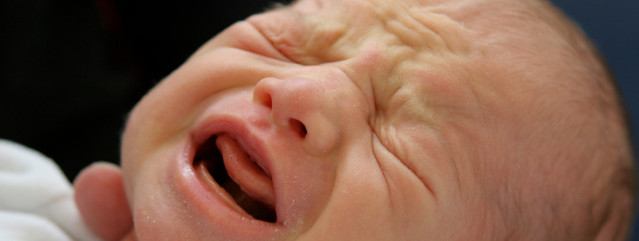Post-Traumatic Stress Disorder Linked to Premature Births
In 2012, nearly half a million premature births occurred in the United States. An infant born before 37 weeks gestation is considered premature. Risk factors include: race, smoking, alcohol use, having delivered a previous pre-term infant, carrying multiple infants (twins, triplets), problems with the uterus or cervix, and chronic illnesses such as diabetes, asthma and kidney disease. www.cdc.gov/PrematureBirth
If you don’t already know, post-traumatic stress disorder is also considered a risk factor for premature births. In the largest study ever conducted, researchers at Stanford University Medical Center followed more than 16,000 infants delivered by female veterans. More than 3,000 premature births were delivered by mothers diagnosed with PTSD. Those diagnosed with PTSD in the year prior to delivery were found to be at thirty-five percent greater risk. The researchers factored in other issues, such as race, age, medical conditions, and alcohol and drug use. It’s worth noting that fifty percent of the women studied never went into combat, proving that the link between PTSD and delivering a premature infant is not exclusive to veterans. Civilian women are affected too. www.sciencedaily.com/2014/11/14
But how does PTSD contribute to premature births? Stress. Though the exact mechanism is not completely understood, higher than normal levels of stress hormones are released in those suffering from PTSD symptoms. The immune system then becomes suppressed, increasing the risk for infection, which increases the risk for premature birth. www.marchofdimes.org/pregnancy/stress
The good news: those who do not experience PTSD symptoms in the year before delivery are at the same risk for giving birth to a premature infant as those who do not have PTSD. For those who do suffer symptoms in the year prior to delivery, treatment is available. The Veterans Administration is using the results of the study in the care of pregnant women with PTSD. For pregnant civilians with PTSD, the good news is that you now know you are at risk, and can inform your obstetrician. There are some risk factors you might not be able to control – age and race for instance – but you can gain control over your PTSD. www.sciencedaily.com/2014/11/14
For a list of therapists, go to The National Board of Certified Counselors at: www.nbcc.org/counselorFind
Read More




Recent Comments